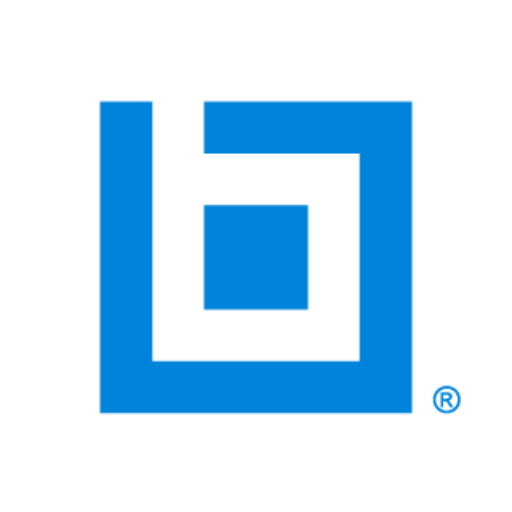How interesting would life be if we were born as experts in everything we did, if we were born with all of the knowledge and all of the answers we ever needed throughout our lives? In my own experience, there have been times when I’ve stepped into a new challenge; a project, a role, or an unfamiliar situation and wished I had all of the skills and all of the answers. But, in hindsight, what gave me the most fulfillment was not just the completion and results of those things, but the acts of growing and learning through the challenges themselves.
In Zen Buddhism, there is a concept called Shoshin, the beginner’s mind, representing a person who has an open attitude, is eager, and lacks preconceptions, someone who studies with a beginner mindset even when studying at an advanced level. According to a Zen teacher named Shunryu Suzuki, “In the beginner’s mind, there are many possibilities. In the expert’s mind, there are few.”

If you’ve spent any time around kids you know they are amazingly creative in their approach because they aren’t relying on previous patterns or existing knowledge to use as a baseline, so what they come up with can be pretty innovative.
As it relates to professional designers, while it might be efficient to approach new designs with the techniques used in previous designs, or by using other existing designs as a benchmark, by doing so, one might be leaving huge opportunities for innovation on the table. Instead, if each design were approached with a beginner’s mindset of being open to all possibilities, perhaps new technologies like Additive Manufacturing, which removes constraints from traditional techniques like injection molding or CNC, might be employed. Not only might the end product be stronger, lighter, or even more aesthetically pleasing, but without the constraints of traditional manufacturing methods, one might be able to print what would have previously been an assembly of multiple components as a single part, thereby reducing assembly, manufacturing, purchasing, and inventory costs.
With the rapid evolution of both additive manufacturing and generative design, more and more design constraints of the past are being lifted and opening the possibilities for innovation and allowing virtually any design to be manufactured. With this new technology, designers simply enter the constraints, envelopes, loads, or other parameters and allow the software to come up with the optimal shape. By embracing the beginner’s mindset, all of those possibilities can be on the table.

When taking on a new challenge, whether it’s a new project, or learning a new program like SOLIDWORKS, or perhaps getting started with Additive Manufacturing, it can seem daunting at first to dive in. It can also be frustrating at times when you have the experience of being an expert in other applications while embracing the beginner’s mindset to reset your expectations and become a learner rather than a knower.
If you embrace the beginner’s mindset, the only mistake you can make is not starting. The beginner’s mindset is all about being open to possibilities rather than limited by perceived constraints. Lifelong learning is the key to making the shift, and know that it’s OK to ask for help and seek expertise from others along the way.
























